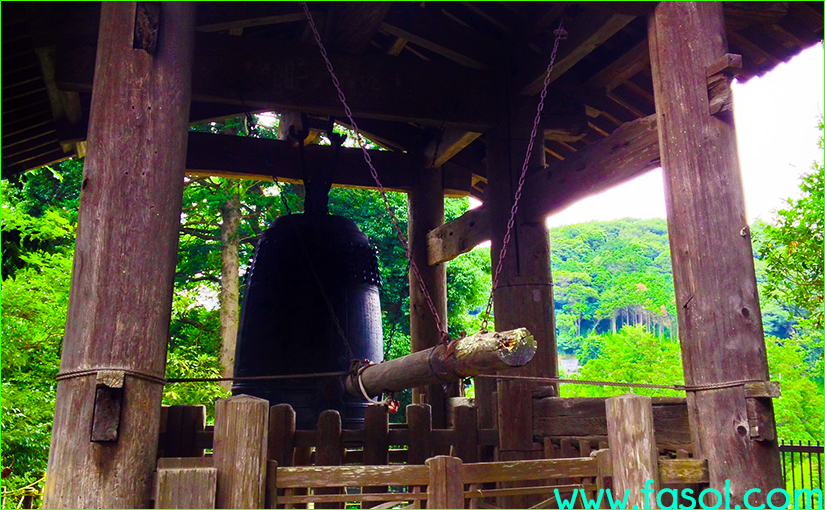Today, Monday April 24, 2006 at 7:30am, IKEA invited about 300 guests to celebrate the opening of the first 100% IKEA-owned IKEA store in Japan. We had the honor of working for IKEA – IKEA is another company that “thinks different” in so many creative ways. We wish them all the best in Japan!
IKEA had attempted earlier to establish business in Japan via a joint-venture established in 1974. This Joint-Venture was terminated in 1986, and IKEA ended business in Japan in 1986. Interestingly – and this is not the only such case – its only that IKEA itself at that time failed in Japan. The business IKEA created in this joint-venture actually continued successfully without IKEA even after IKEA had left Japan.
About 20 years later, this is now IKEA’s second venture into Japan.
The photographs shows Mr Koshichi Fujishiro, the Mayor of the City of Funabashi, and Mr Gordon Gustavsson, Manager of the new IKEA Funabashi store sawing the traditional log. Witnessing the log sawing ceremony are Ms Akiko Domoto, Governor of the Chiba Prefecture, His Excellency, Mikael Lindstrom, the Ambassador of Sweden, Anders Dahlvig, CEO of the global IKEA Group and Tommy Kullberg, CEO of IKEA-Japan:



A JR-Keiyo Line train with IKEA logos passing the new IKEA store in Minami-Funabashi:

Copyright·©1997-2013 ·Eurotechnology Japan KK·All Rights Reserved·









